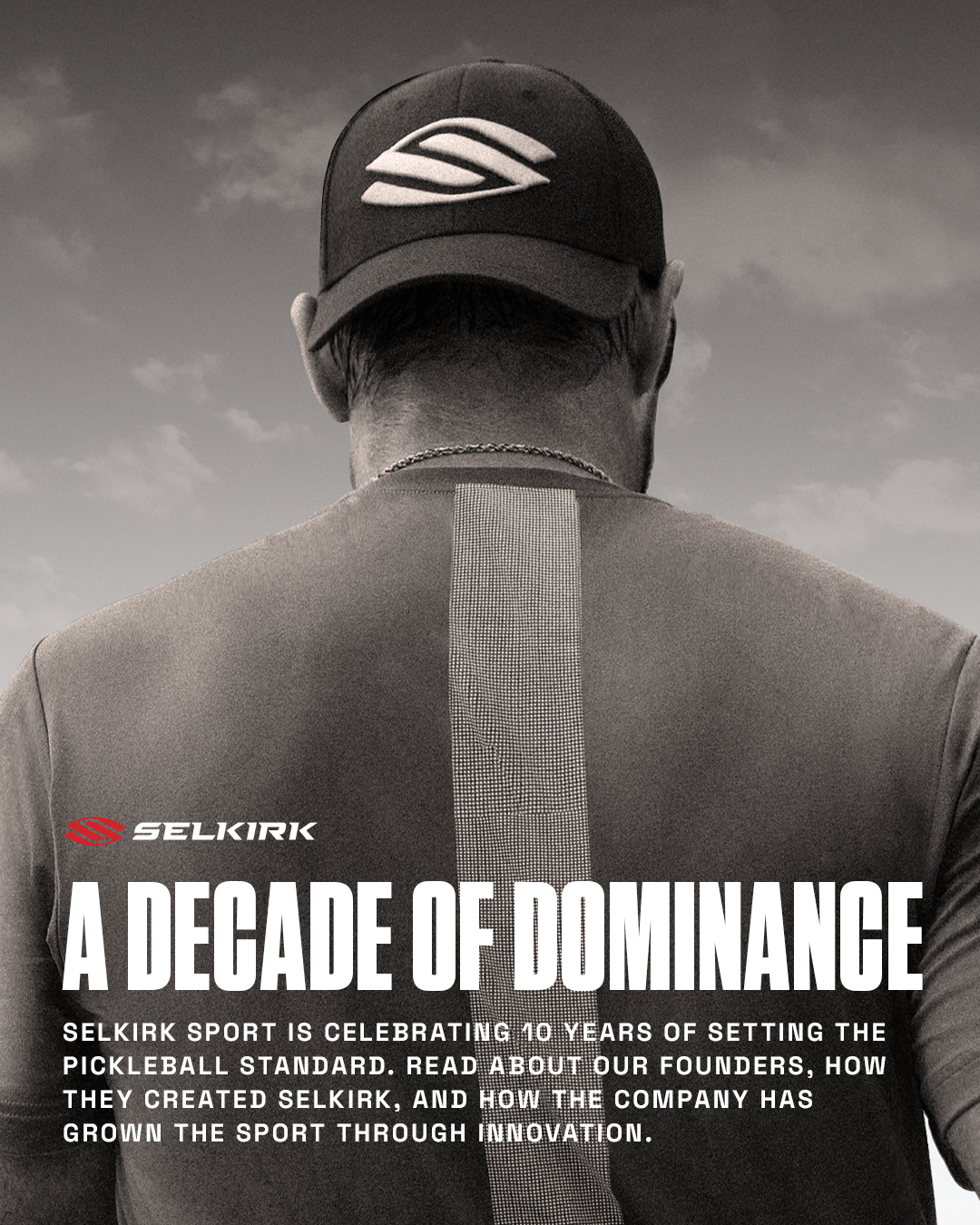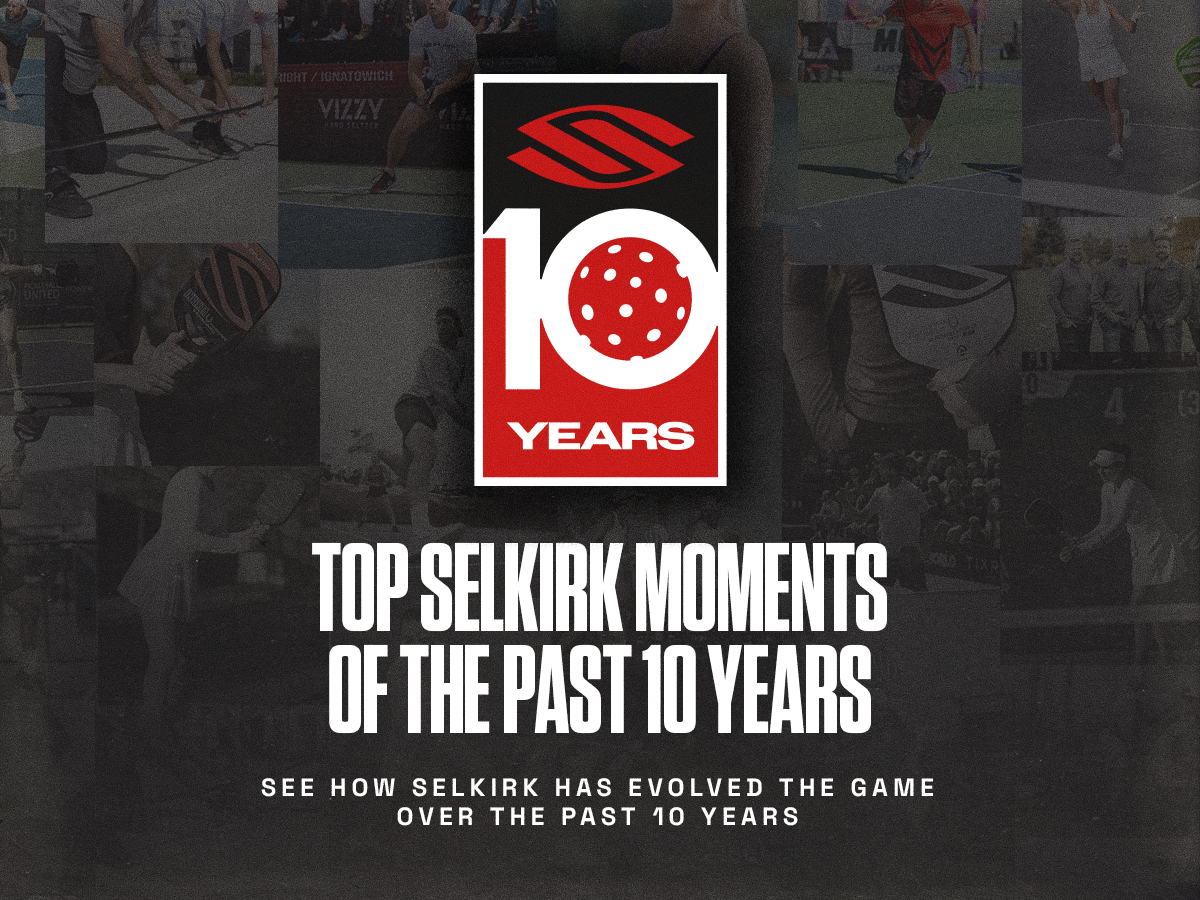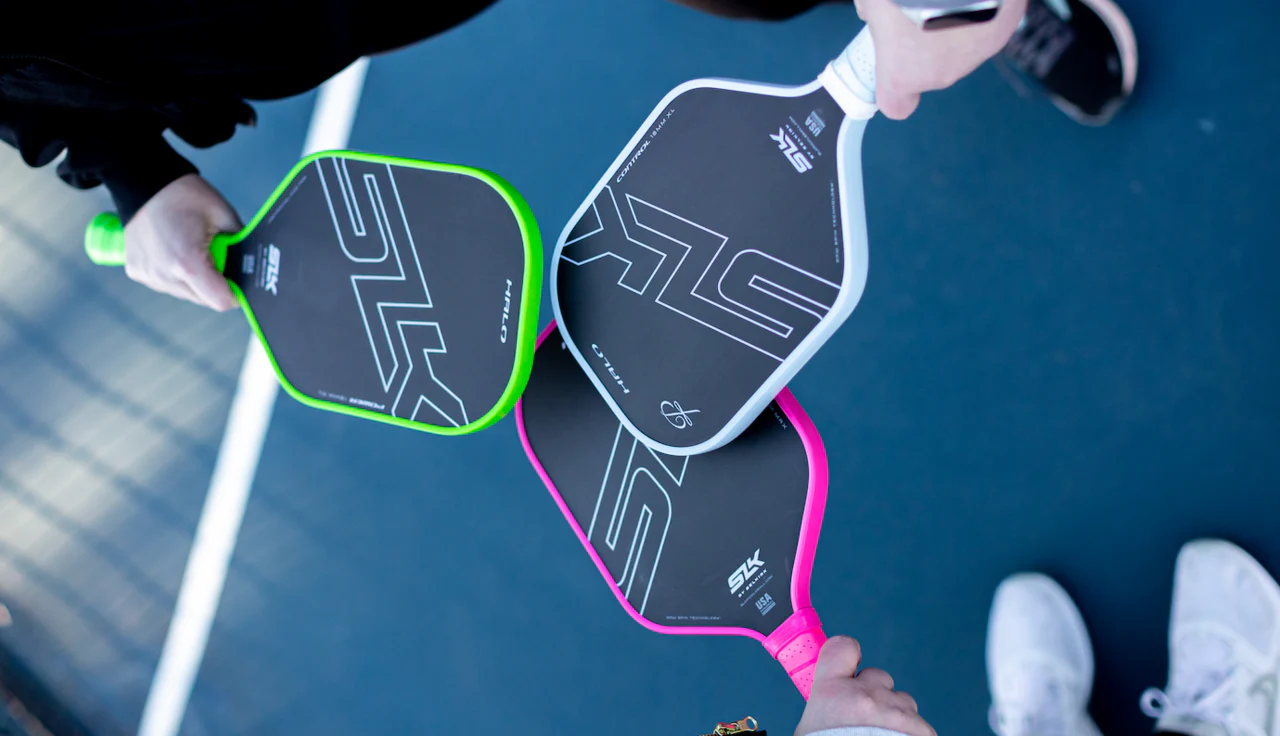
When pickleball was first invented, the game was played with wooden pickleball paddles. However, as the game has evolved, so too has the equipment used.
Now, pickleball paddles are constructed with a variety of materials, particularly on the paddle face. These materials can significantly influence gameplay, affecting everything from power and control to spin and durability.
What is a paddle face?
Most pickleball paddles are constructed using the "sandwich method," in which the core of the paddle is encapsulated between two paddle face sheets.
The paddle face sheets are what you strike the ball with, and this interaction can vary depending on the materials used to construct the paddle face sheets.
Types of paddle face materials
Most pickleball paddle faces are constructed with one main material, often chosen to offer certain capabilities — whether power, control, or spin. However, newer paddles offer hybrid options, which bring two types of materials together into one paddle face.
Carbon fiber
Carbon fiber paddle faces are layered in a way that the fibers interlink, similar to a piece of clothing. This weave creates greater strength in the paddle face.
Pros: Carbon fiber is celebrated for its lightweight properties and excellent strength-to-weight ratio, making it highly durable and providing great spin. It is the most durable among the materials and is great at absorbing energy from the ball.
Cons: Carbon fiber faces generally offer less power compared to other materials, so players will have to generate more power themselves. Additionally, pairing a carbon fiber face with an aluminum core is not advisable as carbon can deteriorate aluminum, weakening the paddle over time.

Fiberglass
Fiberglass is created when raw materials such as silica sand, limestone, and clay are melted together. Then, filaments are collected and coated in resin to create a glass-like texture.
Pros: Fiberglass is known for providing a good balance between power, control, and spin. It offers a solid ball feel, making it ideal for players who desire versatility in their game.
Cons: Although it provides ample power, fiberglass can feel less forgiving and may not have as large a sweet spot as other materials. Fiberglass typically offers less spin than other materials.
Graphite
Graphite is a form of carbon that occurs as a mineral in some rocks. Although they can be more difficult to source, graphite paddles are some of the lightest on the market.
Pros: Graphite paddle faces are thin and responsive, giving players a combination of control and pop. These paddles are lightweight and help enhance touch and finesse, making them well-suited for intermediate players.
Cons: Some players might find graphite paddles too light, which could affect power strokes. They also don’t absorb as much energy from the ball, meaning your body may pick up more vibrations as you strike the ball.
Kevlar
Kevlar is a strong, heat-resistant fiber that was first used as a steel replacement in racing tires because it is five times stronger than steel. Now, it’s used in a variety of sporting equipment — like bicycle tires and racing sails — as well as bulletproof vests.
Pros: Kevlar, known for its high strength and light weight, offers excellent control due to its dampening properties. It is durable and resistant to abrasion, appealing to players who prioritize finesse.
Cons: Kevlar paddles might not be the best for players seeking maximum power due to their emphasis on control and finesse.
Wood composite
The first material used in pickleball paddles, wood isn’t a choice many manufacturers use today. However, today a wood composite paddle is not simply a wooden paddle like you might find on a ping pong table. Wood composite paddles often utilize a thin wooden veneer over carbon fiber or fiberglass.
Pros: Wood composite paddles are durable and aren’t as susceptible to extreme temperatures. They also offer immense power.
Cons: These paddles are heavy and inconsistent, which may cause arm fatigue and pop-ups. The grain of the wood often makes shots hard to control, particularly when trying to impart spin on the ball.
Composite/hybrid

Composite or hybrid paddle faces are made of two or more materials, one of which is typically fiberglass. Because they combine materials, these paddle faces often offer several characteristics players seek.
Pros: Composite-faced paddles are quite popular because they offer durability, power, and a gritty surface for enhanced spin. They are typically found in the desirable weight range of 7.7-8.2 ounces.
Cons: The diverse material composition might make the paddle's performance less predictable until you get used to it.
Aluminum
A material found in most people’s kitchens, aluminum can be used to make pickleball paddle faces. A chemical element, aluminum has a lower density than other metals, making it lightweight enough for pickleball.
Pros: Aluminum-faced paddles are lightweight and inexpensive, lending themselves to beginners or casual players.
Cons: These paddles may not offer the durability or performance features of higher-end materials, making them less suitable for serious play.
The role of grit
Although many materials offer spin capabilities, many paddle manufacturers have begun implementing grit on their paddle faces to enhance spin.
Grit comes in various forms including paint grit and added coatings. Paint grit tends to wear off quickly, while added coatings offer more longevity.
The best grit offering, though, is seen with raw carbon fiber because it provides a durable and rough surface that enhances the paddle's spin capabilities.
























































